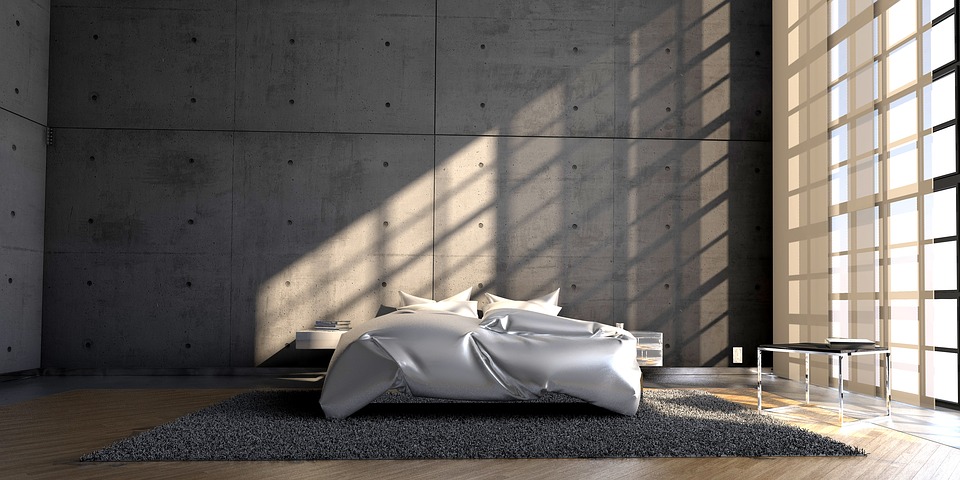The indoor climate in your home can determine how you feel. You may suffer from headaches, concentration problems, and fatigue if the indoor environment is not optimal, especially if you spend a lot of time indoors, for example, because you work there. Aspects such as ventilation, light, and temperature also influence this. Here are some tips to help you improve the air quality inside your home in no time!
1) Air Exchange Through Good Ventilation
To feel energetic and be productive, the supply of fresh air is essential. That is why it is crucial to ventilate with a mechanical ventilation system or balanced ventilation. Ventilation systems ensure that polluted air is removed and fresh air is brought into the house with sufficient oxygen. This freshening of the indoor air contributes to a healthier indoor climate. It helps avoid discomforts such as headaches and at the same time prevents unpleasant odors and mold. Good ventilation is therefore not only pleasant but also enhances the enjoyment of life.
2) Providing the Right Temperature
Tastes differ, but many people prefer a temperature between 19 and 21 degrees for living spaces. One disadvantage of a ventilation system can be cold air flows in a room. The supply of healthy, but often cold, outside air means that the furnace has to work harder to maintain the indoor temperature. Balanced ventilation with heat recovery offers the solution to this. With this form of ventilation, the extracted indoor air is used to heat the cool, fresh air. This saves energy and prevents temperature fluctuations. Balanced ventilation thus contributes to maintaining a stable indoor climate. In this way, it will never be too hot or too cold in the house.
3) Create Pleasant Light
Temperature and ventilation are important for a pleasant and healthy indoor climate, but light also influences the indoor climate in living spaces. It’s not just about the natural light coming in but also about the lighting in your home. Sometimes the lighting can be too bright. It is also possible that there is too little light. Besides, the light must fit the space and the function of the area. If the light is not correct, it can cause, among other things, eye discomfort and headaches. Therefore, it never hurts to pay a little extra attention to the proper illumination of a room. It is not for nothing that the biological clock of human beings is in tune with the number of sunlight hours in a day.

4) Try To Avoid Polluting Products
Try to avoid polluting products as much as possible. Products such as hair spray, perfume, deodorant, or air fresheners, for example, have a significant impact on the deterioration of the indoor climate.
Cleaning products can also harm the indoor climate. Fortunately, there are more and more alternatives on the market, such as probiotic cleaning products, which hardly affect the air quality.
5) Insulate Your Walls
Moisture and mold problems drastically deteriorate the air quality in your home. It is essential to look for the cause of these problems. A poorly insulated wall, ceiling, or basement can be the main culprit.
6) Fill Your Home With Houseplants
Can’t afford those expensive air filters? Fill your space with houseplants. Some plants can help remove toxins from the air and are considered a promising and inexpensive solution to indoor pollution. Some of the most popular houseplants include areca palm, pothos, aspidistra, bamboo, ferns, and palm trees. No matter which plant you choose, what you need to keep in mind is for houseplants to work as natural air purifiers; they must be kept healthy. Otherwise, they can release biological pollutants into the air.

Do you have any other tips? Share it with us in the comments below!
